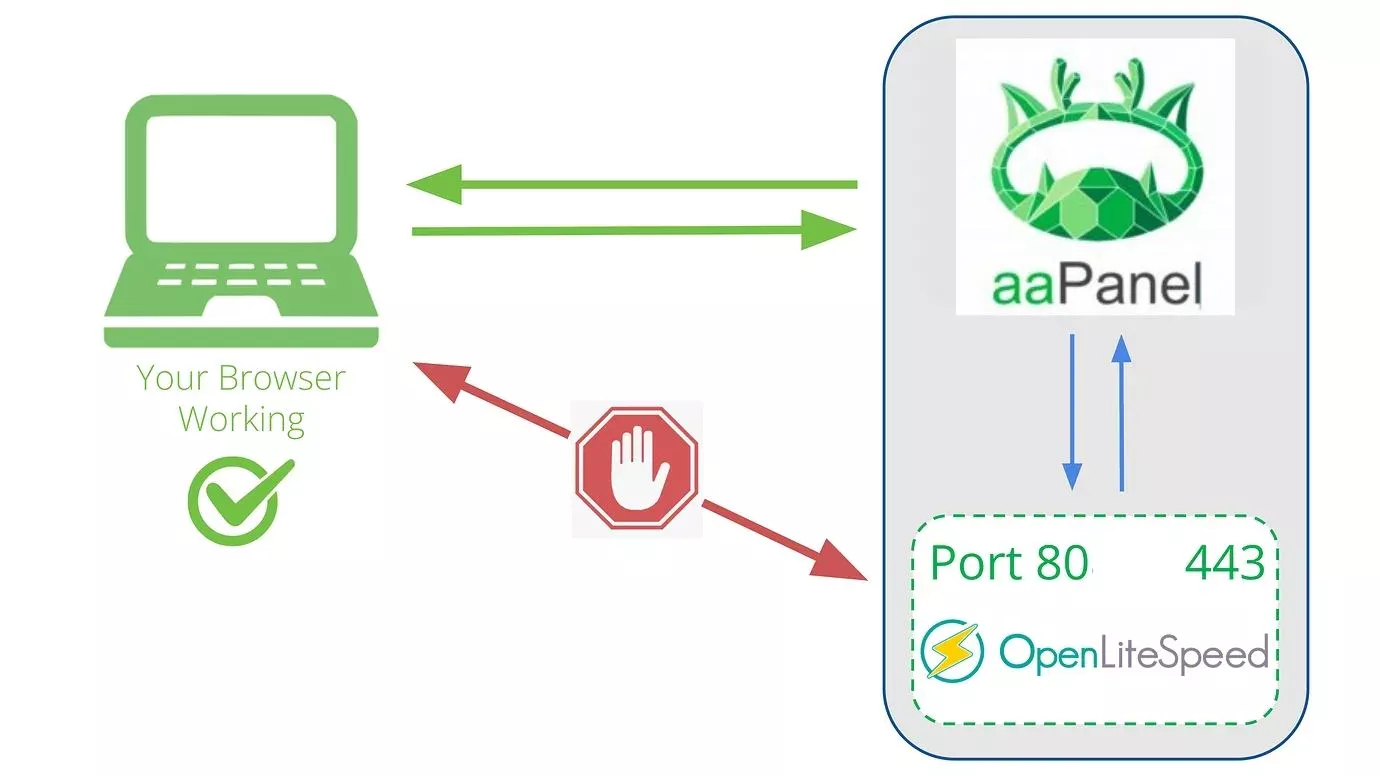Introduction
Launching a new website can be a challenging task, especially when it comes to preserving your rankings and organic traffic. If you don’t properly plan and execute your content migration, you risk losing all the hard work you’ve put into your existing site, including search engine rankings, backlinks, and most importantly, organic traffic. However, with a well-thought-out content migration strategy, you can ensure that your new site launches smoothly, and your existing rankings are preserved.
What is Content Migration?
Content migration refers to the process of transferring your website’s content, including pages, posts, images, and other media, from one platform to another. It is a critical step in launching a new website, especially when you want to keep your existing rankings, organic traffic, and backlinks intact.
Why is Content Migration Important?
-
Preserve Search Engine Rankings
One of the main reasons to conduct a content migration is to preserve your search engine rankings. When you launch a new site, you don’t want to lose all the hard work you’ve put into your existing site’s search engine optimization (SEO). With a well-planned content migration, you can ensure that your new site launches with the same URLs, structure, and content as your existing site, which helps to maintain your existing search engine rankings.
-
Maintain Backlinks
Another critical factor to consider when launching a new site is maintaining your existing backlinks. Backlinks are an important ranking factor in search engines, and they can help to drive traffic to your site. By properly migrating your content, you can ensure that your existing backlinks continue to point to the right pages on your new site, which helps to maintain your existing traffic and rankings.
-
Retain Organic Traffic
Organic traffic is a critical component of any successful website, and you don’t want to lose it when launching a new site. By conducting a content migration, you can ensure that your existing content and URLs remain the same, which helps to retain your organic traffic and preserve your existing rankings.
The Content Migration Process
To ensure a successful content migration, you need to follow a step-by-step process, including the following steps:
-
Audit Your Current Site
The first step in any content migration is to conduct a thorough audit of your existing site. This audit should include a review of your site’s structure, content, and URLs, as well as a review of your existing backlinks. The goal of this audit is to identify any issues that may impact your existing rankings and traffic and to determine what changes need to be made to preserve them.
-
Create a New Site Structure
Once you have completed your audit, the next step is to create a new site structure for your new site. This structure should be based on the results of your audit and should include any changes that you need to make to preserve your existing rankings and traffic. The structure should also be designed to ensure that your new site is optimized for search engines and is user-friendly.
-
Map Your Old URLs to Your New URLs
One of the most critical steps in the content migration process is to map your old URLs to your new URLs. This step ensures that your existing backlinks continue to point to the right pages on your new site and that your existing traffic is preserved. To map your old URLs to your new URLs, you can use a tool like Redirection, which is a popular WordPress plugin that helps you manage your redirects.
-
Export Your Content
Once you have completed your URL mapping, the next step is to export your existing content from your old site to your new site. This step involves downloading all of your pages, posts, images, and other media from your old site and uploading them to your new site. It’s essential to use a reliable tool to perform this task to avoid any data loss or corruption during the transfer process. Some popular tools for content migration include All-in-One WP Migration, WP Migrate DB Pro, and Duplicator.
-
Import Your Content
Once you have exported your content, the next step is to import it into your new site. This step involves uploading the content you exported from your old site to your new site and arranging it in your new site’s structure. It’s crucial to ensure that your content is imported correctly and that all URLs are working properly to avoid any broken links or other issues that may impact your rankings and traffic.
-
Test Your New Site
Once your content has been imported into your new site, the next step is to test your new site to ensure that everything is working correctly. This step involves testing all of your URLs, backlinks, and content to make sure that your new site is up to your standards and that it is optimized for search engines and user-friendly. Some common tests include verifying that all of your backlinks are pointing to the right pages, checking that your new site is properly optimized for search engines, and ensuring that your new site is user-friendly.
-
Launch Your New Site
Once you have tested your new site and confirmed that everything is working correctly, the final step is to launch your new site. This step involves making your new site live and redirecting all of your old URLs to your new URLs. It’s essential to have a reliable hosting service that can handle the traffic during this time to avoid any downtime or other issues that may impact your rankings and traffic.
Conclusion:
Launching a new website can be a challenging task, but with a well-planned content migration strategy, you can ensure that your existing rankings and organic traffic are preserved. By following the steps outlined in this article, you can launch your new site smoothly and maintain your existing rankings and traffic. With a successful content migration, you can ensure that your new site launches successfully and that your existing rankings and traffic are preserved.

















